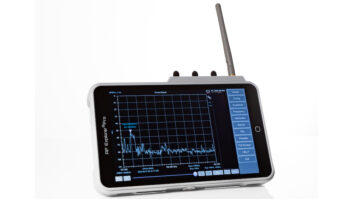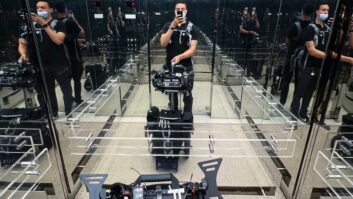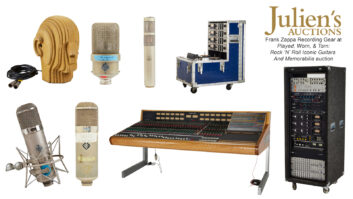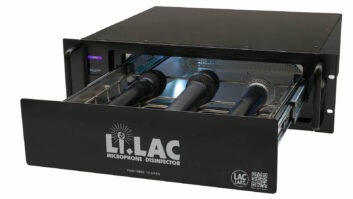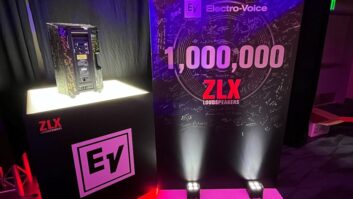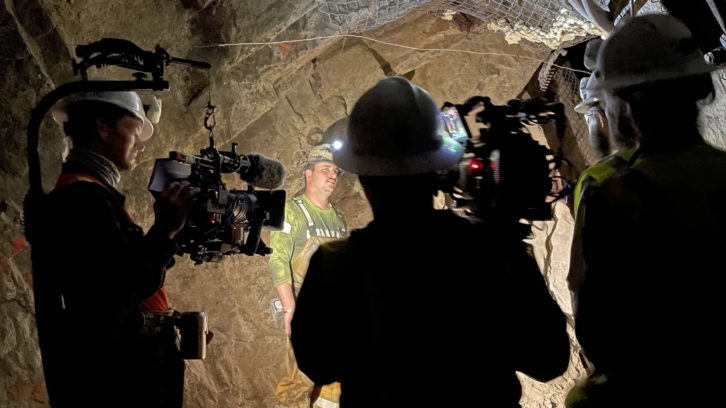
Missoula, MT (May 27, 2022)—Sound mixer and videographer Jeff McLain was able to test the resilience of his Lectrosonics wireless kit when he got a gig working nine stories below ground for a documentary on the environmental issues of mining.
This was for a documentary by a couple of independent filmmakers,” McLain explains. “So much of what we use — from this phone I’m talking to you on to computers to cars — uses minerals that cannot be farmed or created in a lab. Yet there are also major environmental issues that come with mining. The film is about how we reconcile this, and the crew visited mines all over the world.”
McLain continues, “Mines and miners, by the nature of the job, are physically dirty. There is a lot of dust, a lot of particulate matter in the air. Different kinds of fuels are being used underground for equipment and it’s impossible to vent out 100 percent of their fumes. It’s just a dirty place to be when you have sensitive electronics, but I had no issues with my Lectro gear functioning properly. It was even sort of poetic that my transmitters and receivers undoubtedly contain minerals that had to be mined themselves!”
Lectrosonics 941 MHz Variant Digital Receiver Debuts
The pièce de résistance of McLain’s time underground was filming a team of miners blasting a rock face with explosives. “I had four of them miked up for that,” McLain recalls, “and it raised so much dust and debris that the explosives had to be detonated remotely from a separate mineshaft. It’s not something you can watch. I couldn’t wear headphones because of my hard hat, so I’m working with custom in-ear monitors that also amounted to hearing protection. But I could see my receivers were getting great signal, and we recorded both the dialogue and the sound of the explosion itself perfectly.”
One advantage of working underground is the lack of RF interference. “That’s a nice thing about filming in Montana in general,” McLain notes. “RF-wise, it’s sort of the opposite of being in L.A. We did have to do some re-scanning at this open-pit mine in Butte, as once above ground, I was susceptible again to RFI. But again, the scanning capabilities of the SRCs handled this quickly and without issues.
“Honestly, my biggest regular challenge is working with people who aren’t used to being miked up. They might drop a pack or not remove the wire properly. Lectro has stood up to all of that really well.”
